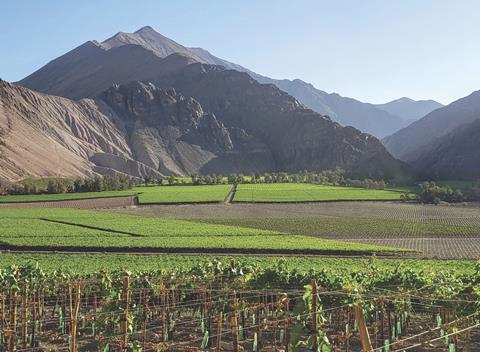Table Grape Committee says drop in volumes from the central zone are due to weather conditions
Chile’s Asoex Table Grape Committee has released a new forecast for the 2022/23 export campaign, showing a fall in available volumes from the central zone, mainly as a result of climatic issues.

The new estimate pegs the export crop at 64.52m (8.2kg) cartons, a drop of 13.2 per cent on last season and 4 per cent down on its previous estimate.
Asoex president Iván Marambio said although the figures are down on last season, “the truth is that the volumes exported are very important, especially considering that there has been a high concentration of grapes in the first part of the season to the US”.
New varieties will make up 54 per cent of Chile’s export volume, Marambio said.
Ignacio Caballero, marketing director of Asoex and coordinator of the Table Grape Committee, commented: “We hope that this new estimate will reduce the pressure that the US market is receiving and achieve greater diversification towards other markets, especially in light of the important late volume of grapes that Peru is sending to this destination.
“This is why we are working with our office in the US to advance the promotions and start activities in supermarkets now in March to accelerate the demand for grapes in the face of this supply shock”.
As of week 8, shipments from Chile stood at 23.9m cartons, 17 per cent higher than in the corresponding period last season. This is mainly down to the fact that harvesting was delayed last season.
Of this, 73 per cent of total shipments have gone to North America, while China/Hong Kong and Europe have received 6 per cent respectively. Other Asian markets have received 7 per cent of exports, Latin America 5 per cent and the remaining 3 per cent has gone to other destinations.
Red varieties accounted for 36 per cent of total shipments to week 8, an increase of 8 per cent in relation to the same period of the previous season. White grapes make up 51 per cent of the total (+25 per cent) and black varieties account for 9 per cent (+30 per cent).



